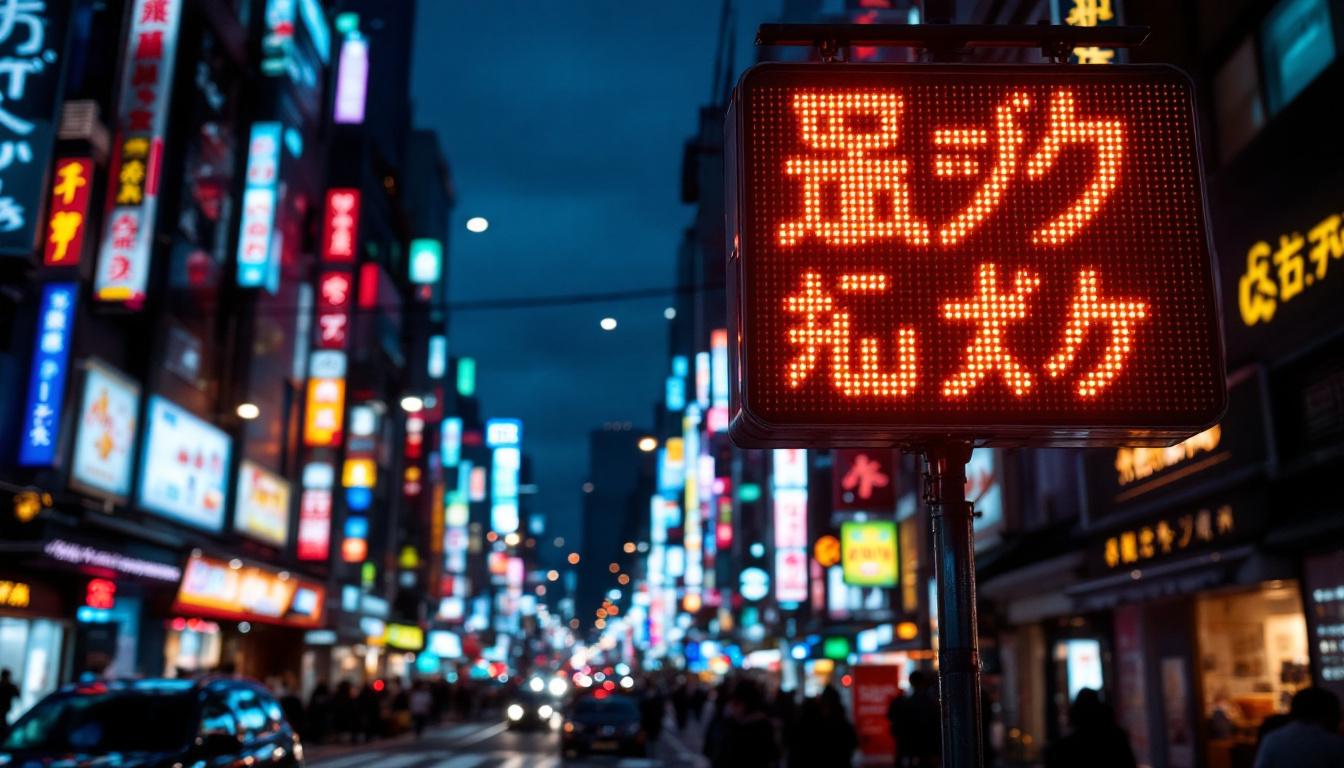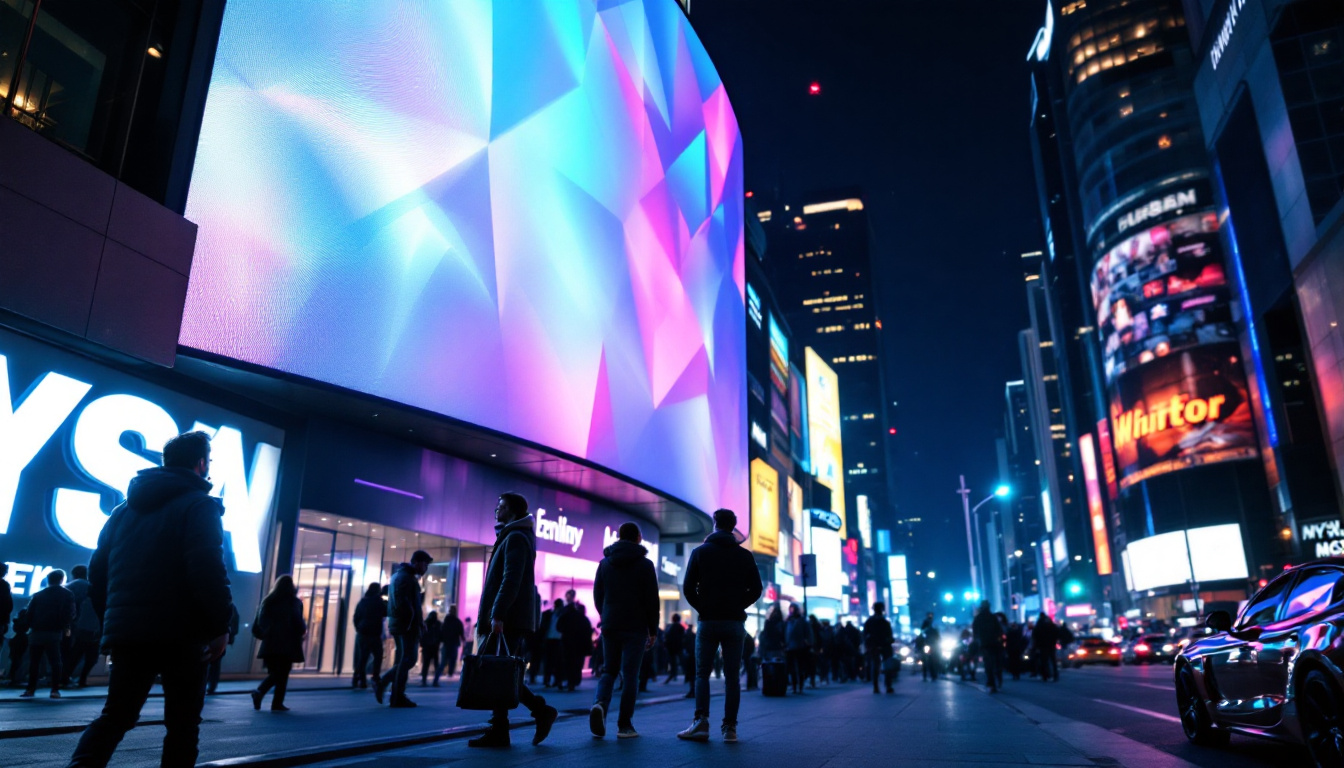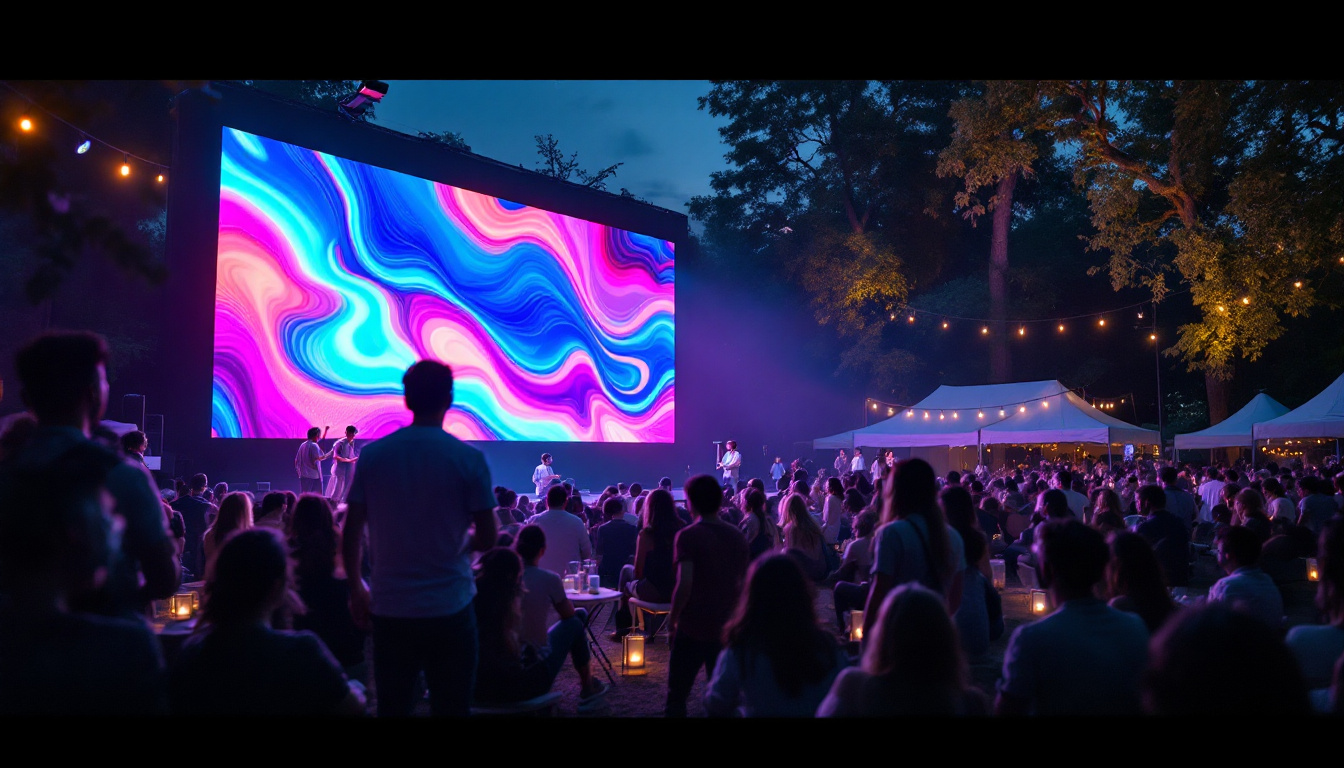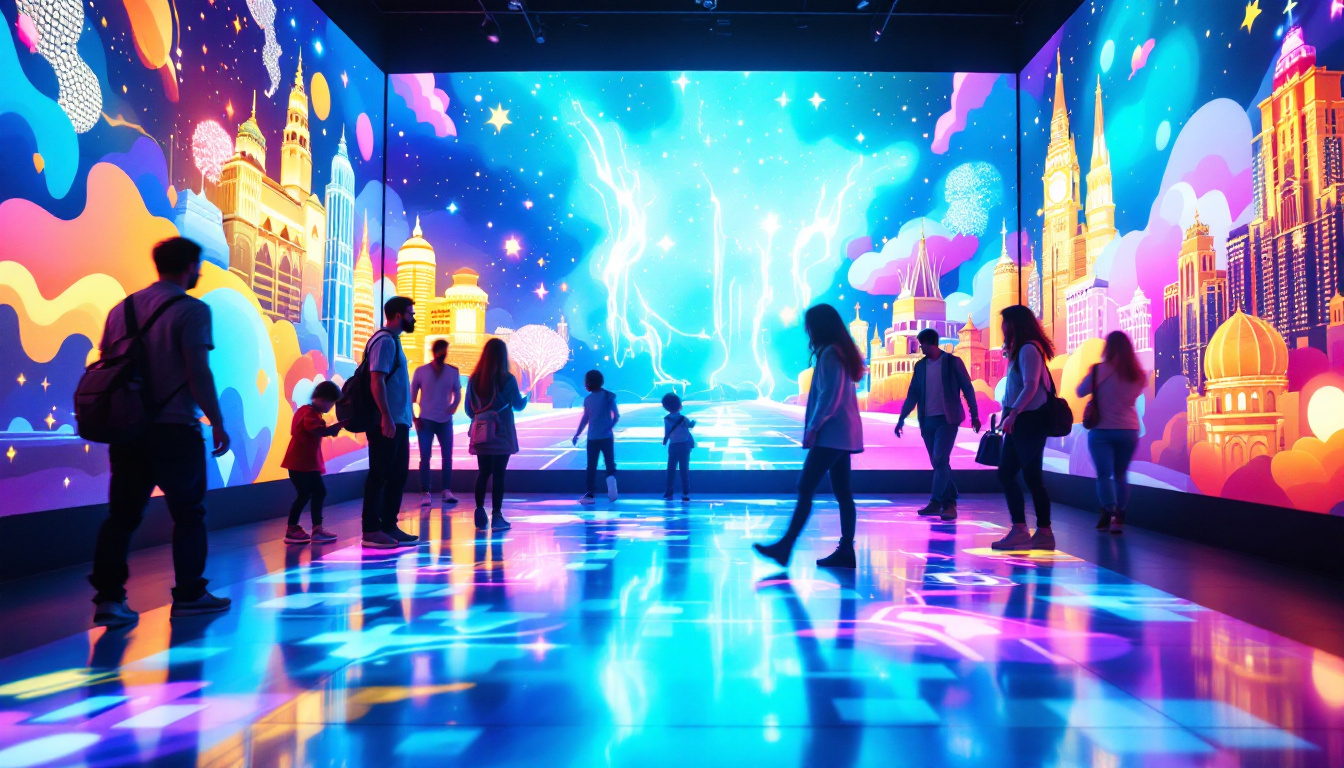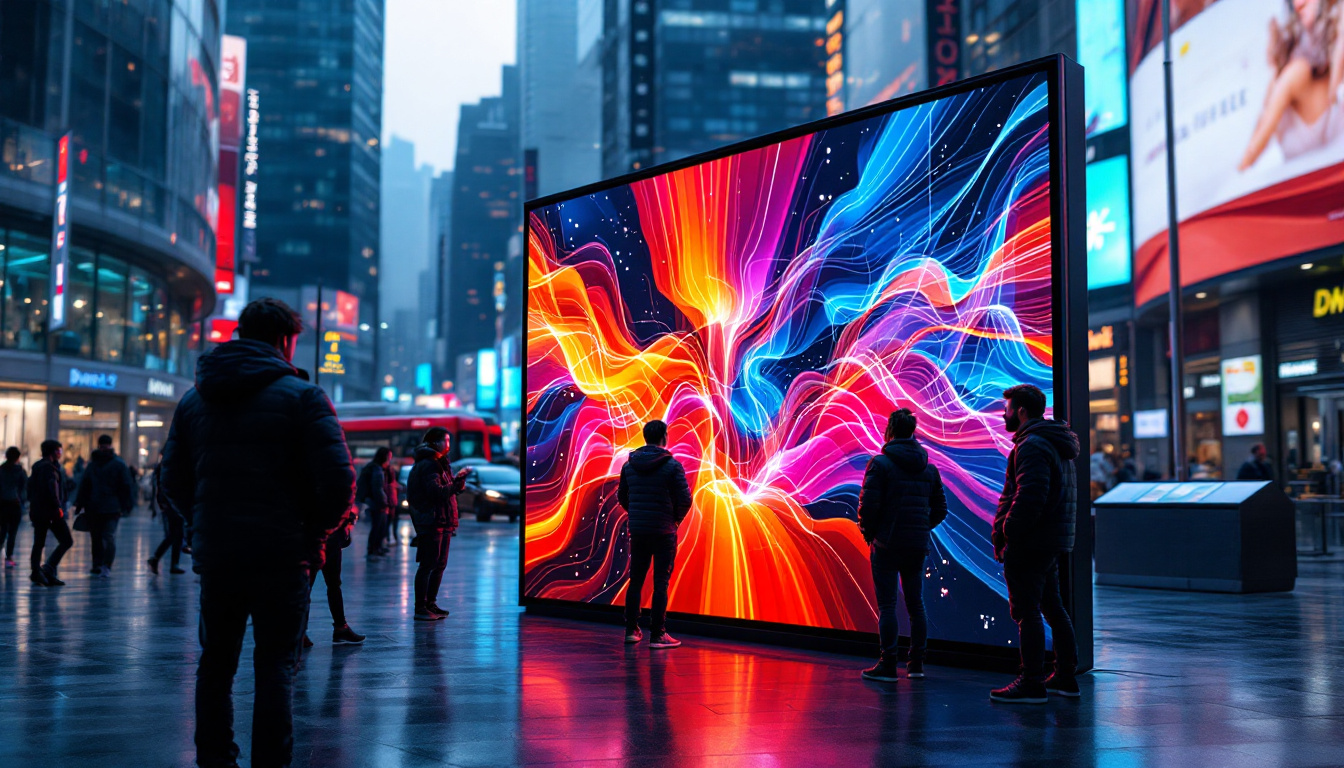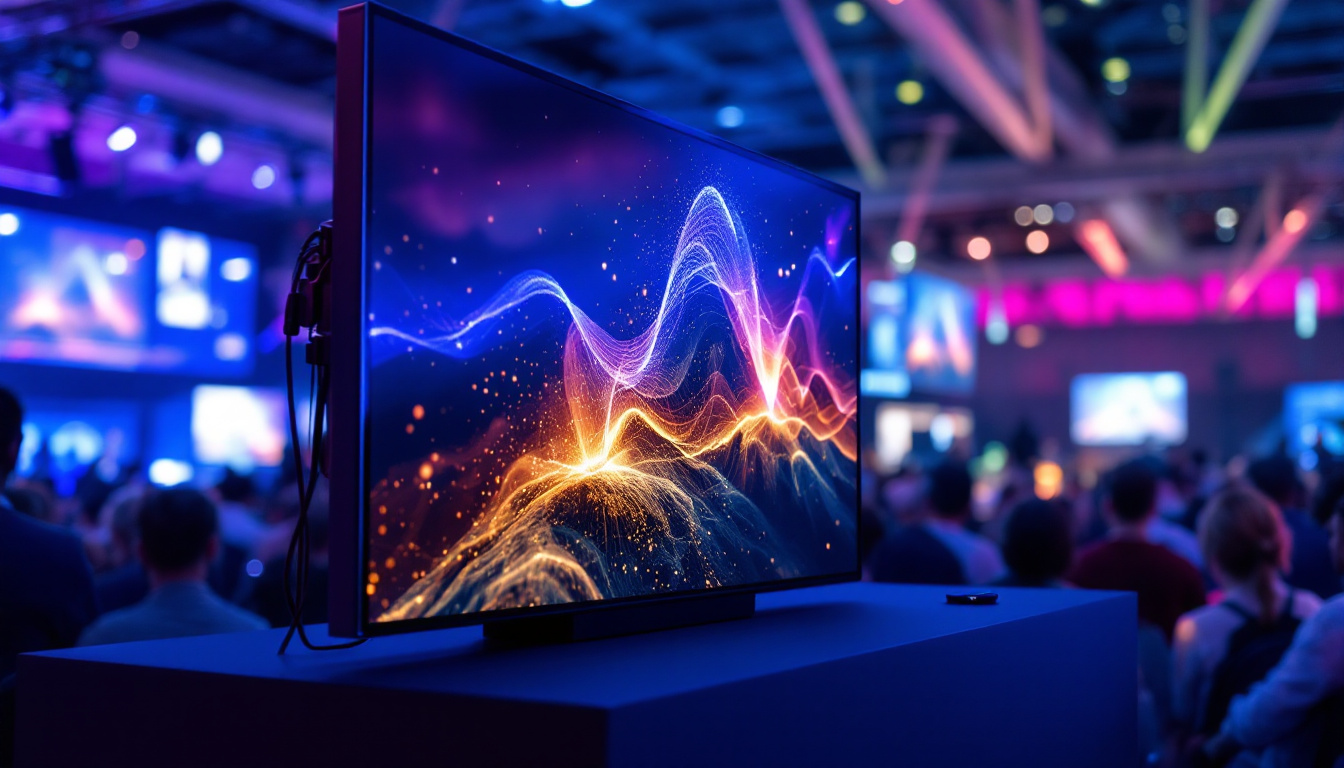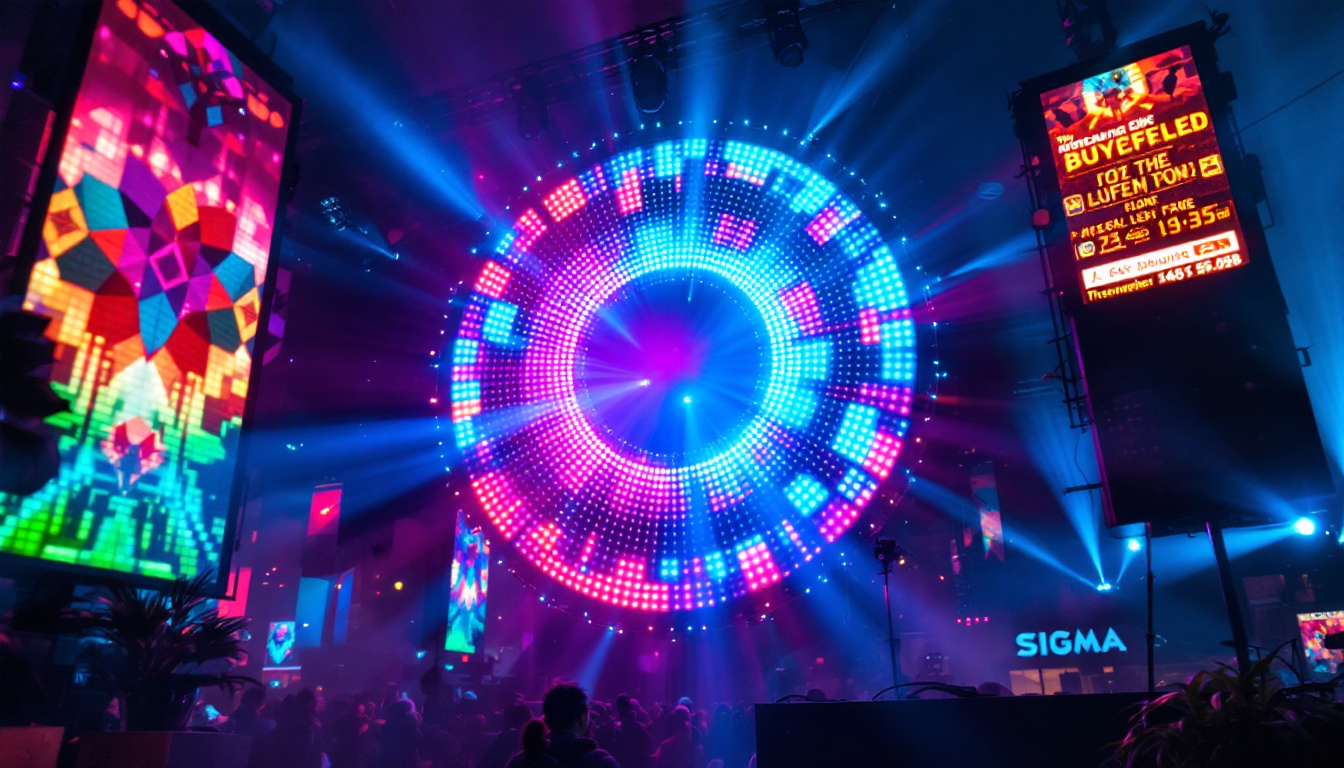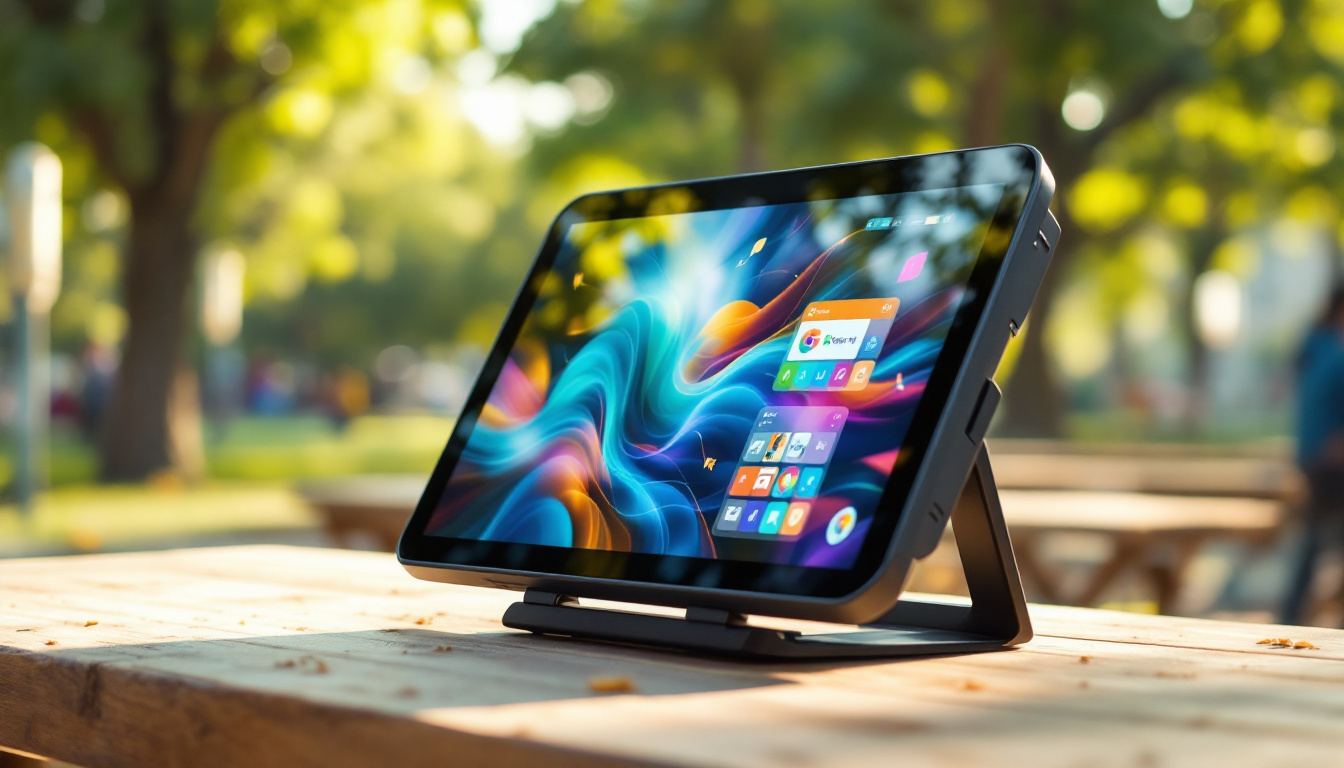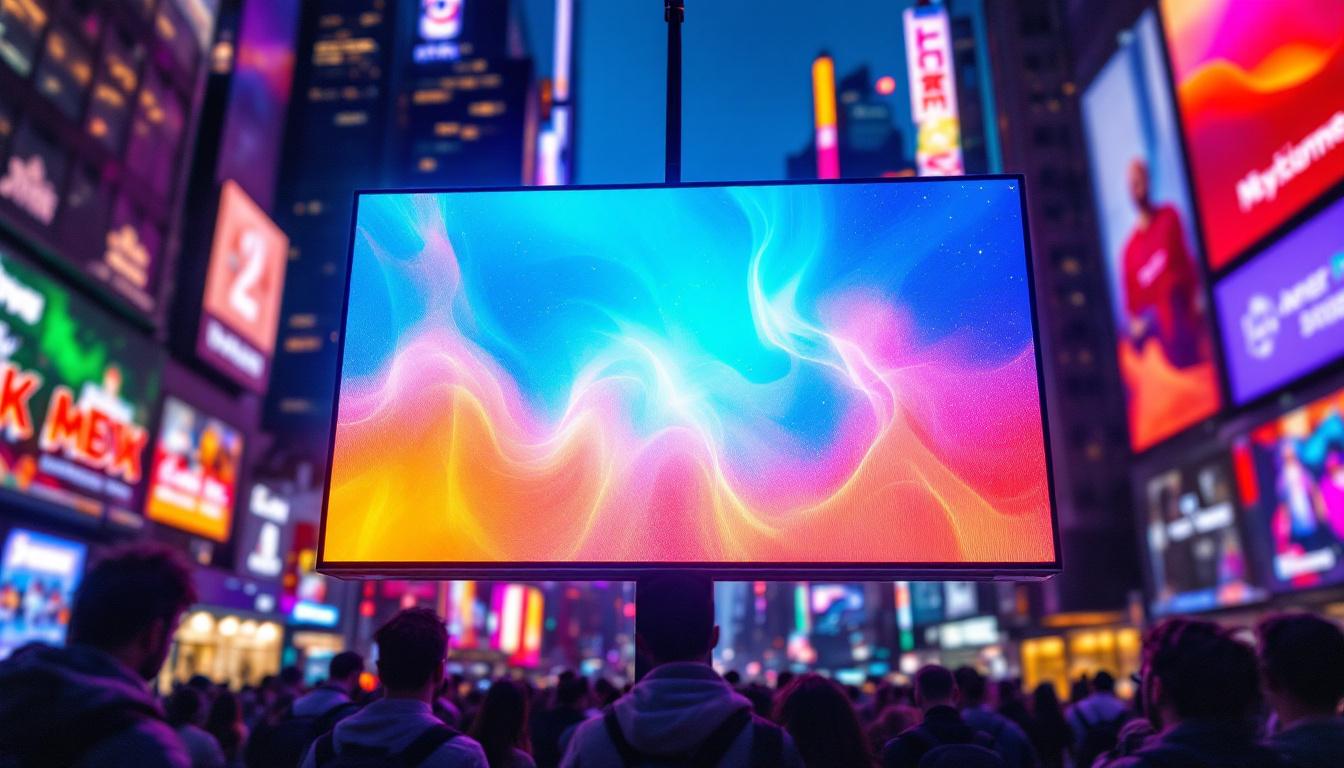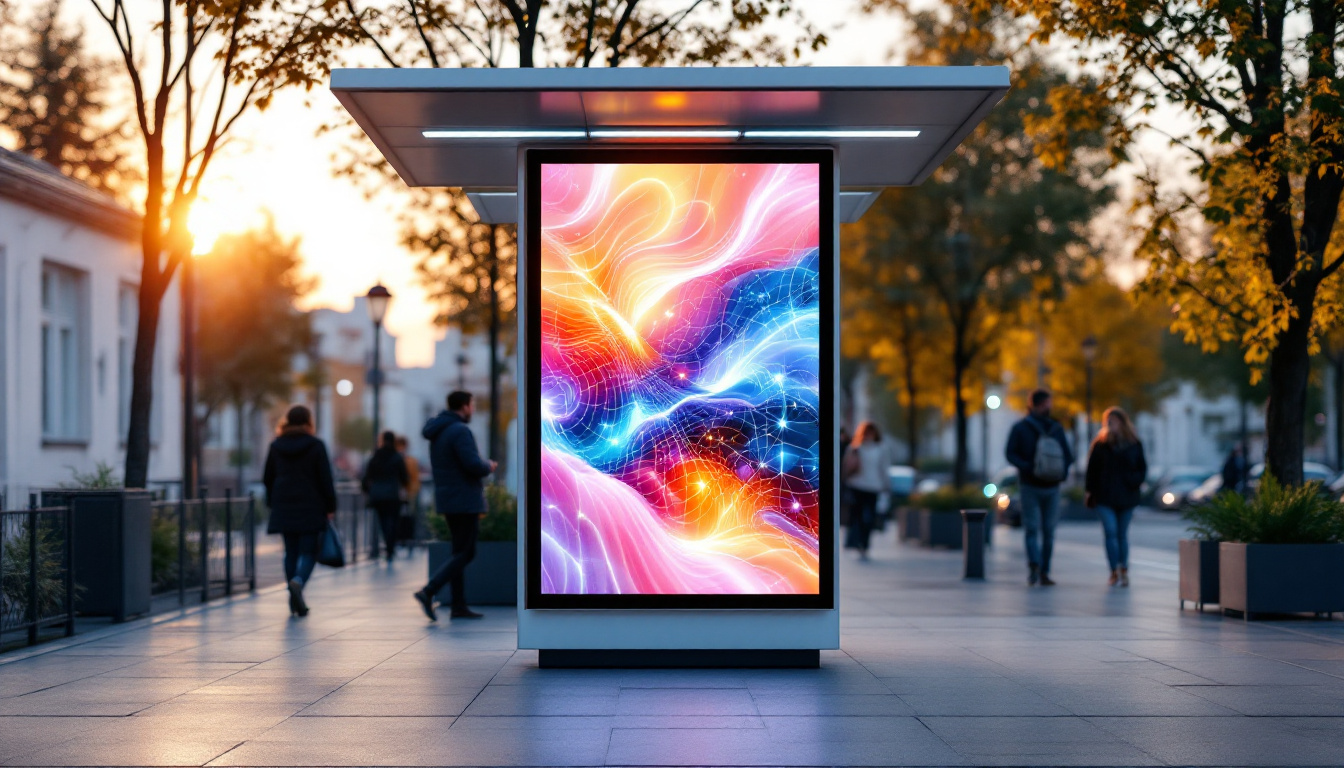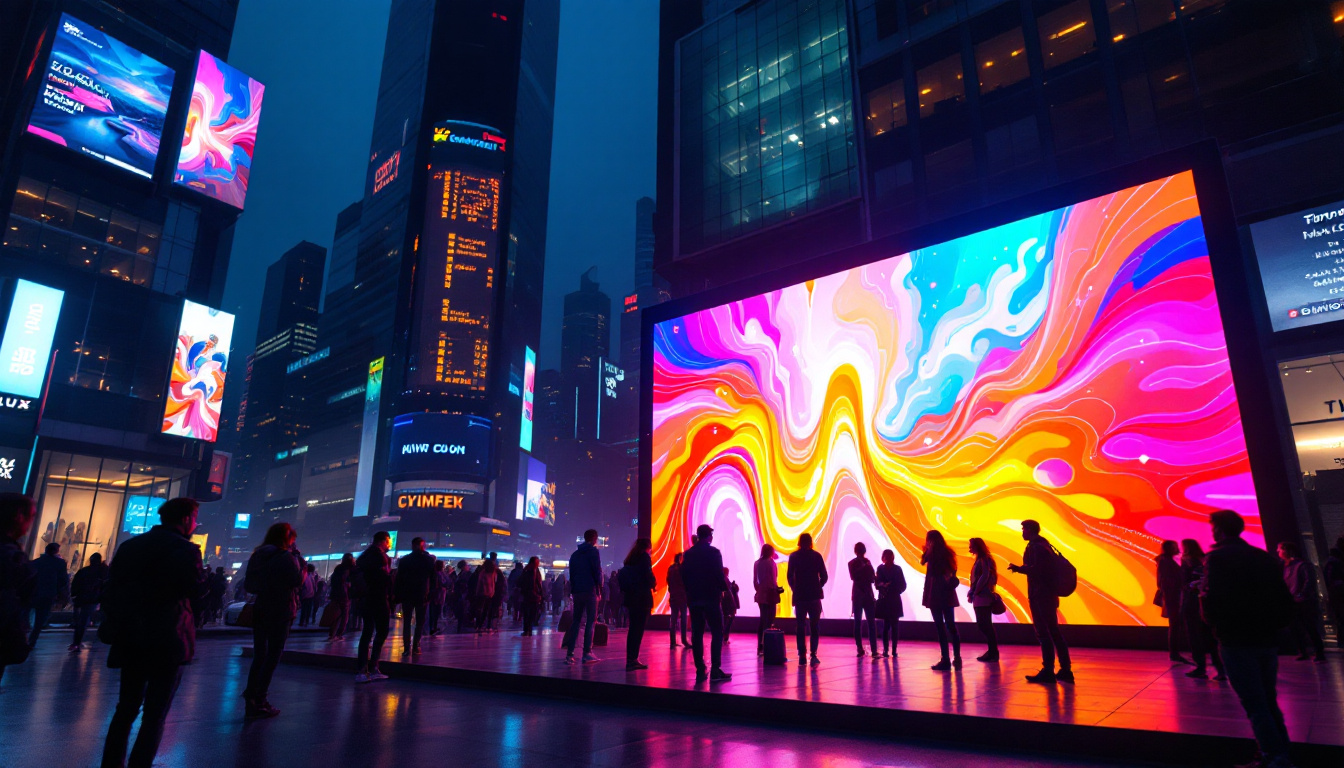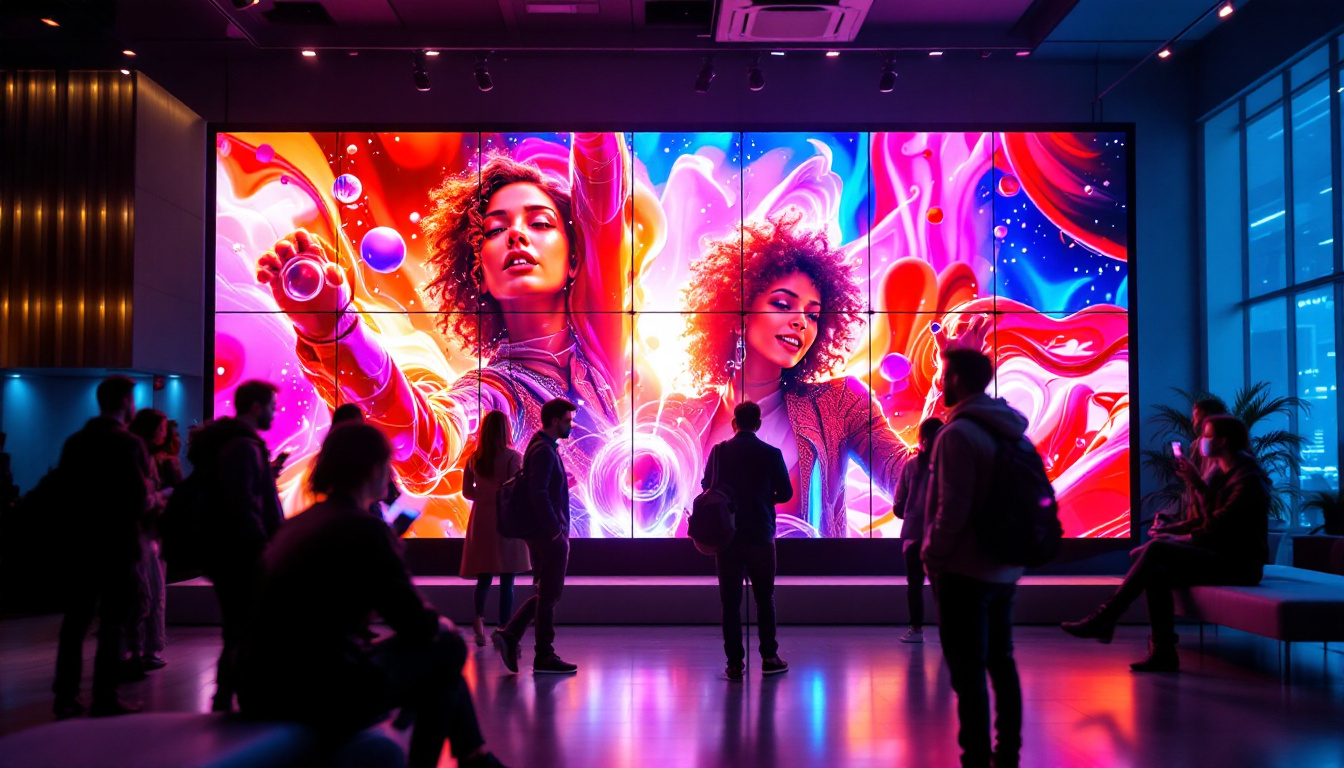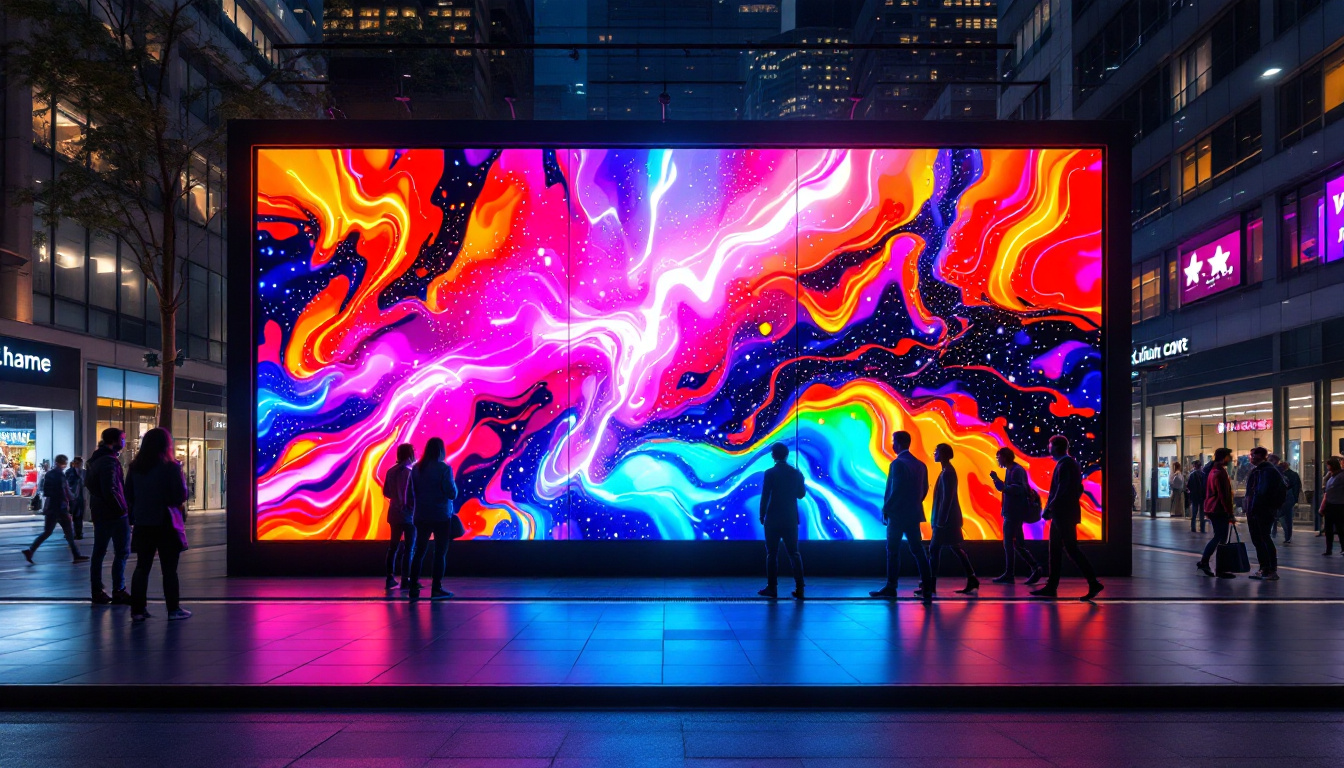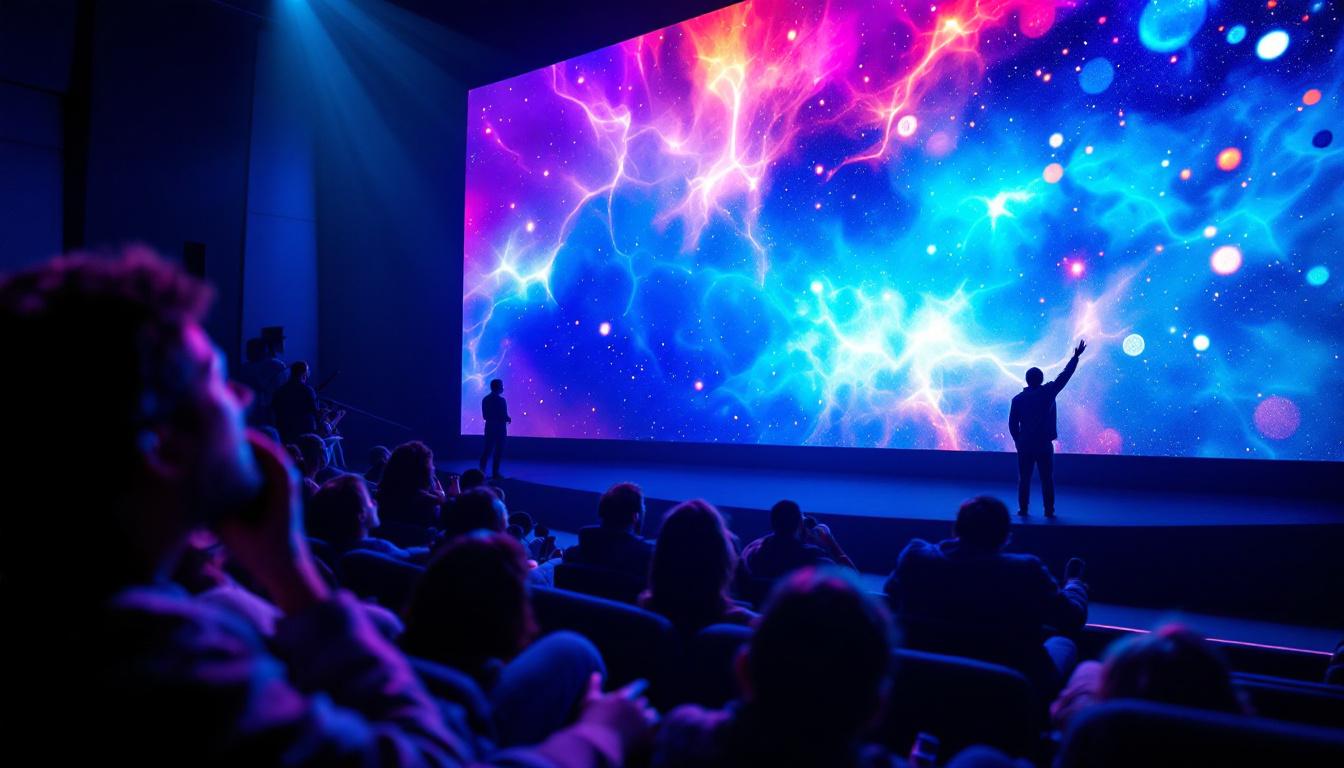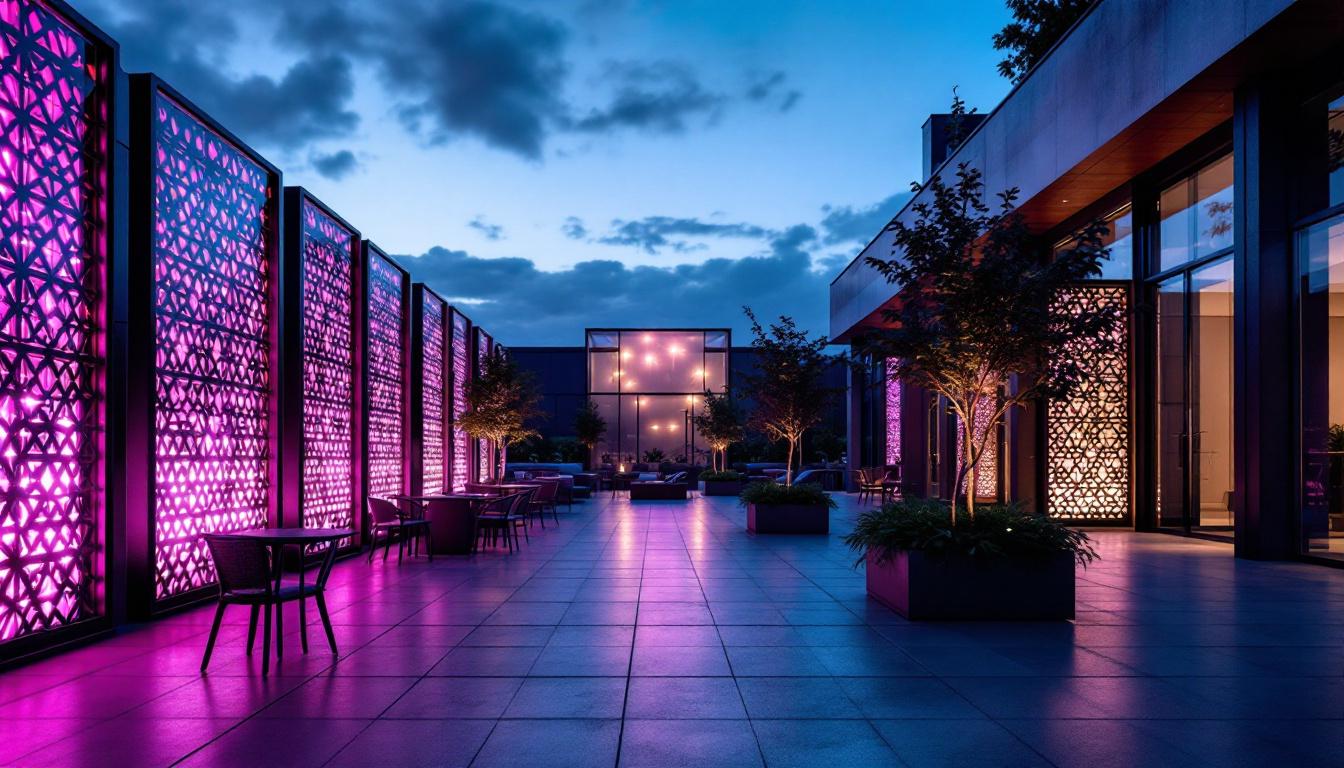Tokyo, a sprawling metropolis known for its blend of ultra-modern and traditional elements, has a unique approach to urban navigation and street signage. Visitors often wonder: Are there street signs in Tokyo, and if so, how are they designed? Moreover, with the rise of digital technology, LED displays have become an integral part of city infrastructure worldwide. This article explores the presence and design of street signs in Tokyo, the role of LED displays in urban signage, and how these elements contribute to the city’s navigation and safety.
Understanding Street Signage in Tokyo
Unlike many Western cities where street signs are prominently displayed at every intersection, Tokyo’s approach to street signage is somewhat different. Tokyo’s urban layout and cultural context influence how street signs are designed and used.
The Nature of Tokyo’s Street Signs
Tokyo does have street signs, but they are often less conspicuous than those found in cities like New York or London. Instead of large, brightly colored signs, Tokyo uses smaller, more discreet signs that blend into the urban environment. These signs typically feature the street name in both Japanese characters (kanji and kana) and Romanized letters (romaji), which helps both locals and tourists navigate the city.
One notable feature is that Tokyo’s street signs often include the district or neighborhood name, which is crucial because Tokyo’s addressing system is based on areas rather than street names. This system can be confusing for visitors who are accustomed to street-based navigation, but the signs help by indicating the block and district. Additionally, many signs are accompanied by helpful pictograms that indicate nearby attractions or facilities, such as parks, train stations, or shopping areas, further aiding in navigation.
Why Tokyo’s Street Signs Differ
The difference in street signage style is partly due to Tokyo’s unique addressing system. Instead of street names, Tokyo is divided into wards, districts, and blocks, which means addresses are generally given by district and block number rather than street name. As a result, street signs are less emphasized, and navigation relies more on landmarks, district names, and block numbers.
Additionally, Tokyo’s dense urban environment and narrow streets mean that large, obtrusive signs could clutter the streetscape. The city’s planners have opted for smaller, more functional signs that provide essential information without overwhelming the visual environment. This minimalist approach not only preserves the aesthetic of Tokyo’s neighborhoods but also reflects a cultural preference for subtlety and harmony in design. Interestingly, many signs are also updated to reflect seasonal events or festivals, showcasing the city’s dynamic nature and keeping the signage relevant and engaging for both residents and visitors alike.
The Role of LED Displays in Tokyo’s Urban Landscape
While traditional street signs in Tokyo are relatively modest, LED displays have become a prominent feature in the city’s urban environment. These digital signs serve multiple purposes, from traffic management to public information dissemination.
LED Displays for Traffic and Safety
LED displays are widely used in Tokyo to provide real-time traffic information. These signs are typically mounted above roads or at intersections and display messages about traffic conditions, road closures, speed limits, and safety warnings. The use of LED technology allows for dynamic updates, which is essential in a city with the traffic density and complexity of Tokyo.
For example, during peak hours or in the event of an accident, LED signs can quickly inform drivers of alternate routes or delays. This real-time communication helps to reduce congestion and improve overall traffic flow. Moreover, the bright and clear visibility of LED displays ensures that even in adverse weather conditions, such as rain or fog, drivers can easily read the messages, contributing to safer driving experiences.
Public Information and Emergency Alerts
Beyond traffic management, LED displays in Tokyo also serve as a vital channel for public information. They can broadcast weather alerts, earthquake warnings, and other emergency notifications. Given Japan’s susceptibility to natural disasters, the ability to quickly disseminate critical information is a key component of public safety.
In addition, these displays often provide information about public transportation schedules, event announcements, and other community news, making them a versatile tool for city communication. The integration of LED technology allows for vibrant graphics and animations that can capture the attention of passersby, ensuring that important messages are not only seen but also remembered. For instance, during the annual cherry blossom season, LED displays might feature colorful animations celebrating the blooms, while simultaneously providing updates on the best viewing spots and related events, thus merging information with cultural engagement.
Furthermore, the strategic placement of these displays throughout the city enhances their effectiveness. From bustling train stations to popular shopping districts, the visibility of LED screens ensures that residents and tourists alike are kept informed. This omnipresence transforms the urban landscape into an interactive environment, where technology and daily life intersect seamlessly, creating a dynamic and responsive city that adapts to the needs of its inhabitants.
How LED Technology Enhances Urban Navigation
LED displays contribute significantly to urban navigation in Tokyo, complementing traditional signage and other wayfinding tools. Their flexibility and visibility make them particularly effective in a fast-paced city environment.
Visibility and Clarity in All Conditions
One of the main advantages of LED displays is their high visibility, even in poor weather or low light conditions. Unlike painted or printed signs, LED displays can adjust brightness and contrast to ensure readability at all times. This is especially important in Tokyo, where frequent rain and fog can reduce visibility.
Moreover, LED signs can use colors and animations to draw attention to critical information, such as emergency alerts or traffic hazards, making them more effective than static signs. The dynamic nature of LED technology allows for real-time updates, ensuring that pedestrians and drivers receive the most current information. For example, during a sudden downpour, LED displays can quickly inform commuters about delays in public transport or suggest alternative routes, thus enhancing safety and efficiency in the bustling urban landscape.
Multilingual Capabilities
Tokyo is a global city with millions of tourists and international residents. LED displays can easily switch between languages, providing information in Japanese, English, Chinese, Korean, and other languages as needed. This multilingual capability enhances accessibility and helps non-Japanese speakers navigate the city more effectively.
Additionally, the integration of cultural symbols and icons alongside text can further aid comprehension for those unfamiliar with the language. For instance, a simple graphic of a train can accompany the word “train” in multiple languages, making it easier for tourists to understand their options at a glance. This thoughtful design not only fosters a sense of inclusion but also enriches the overall experience of navigating through one of the world’s most vibrant cities.
Integration with Smart City Initiatives
Tokyo is actively pursuing smart city technologies to improve urban living. LED displays are a key component of these efforts, integrating with sensors, cameras, and data analytics platforms to provide context-aware information. For instance, LED signs can display personalized messages based on traffic flow, weather conditions, or public events, making navigation more intuitive and responsive.
Furthermore, the data collected from these LED systems can be analyzed to identify patterns in pedestrian movement and traffic congestion, enabling city planners to make informed decisions about infrastructure improvements. This feedback loop not only enhances the functionality of the LED displays but also contributes to the overall goal of creating a more efficient and user-friendly urban environment. As Tokyo continues to innovate, the role of LED technology in shaping the future of urban navigation will undoubtedly expand, paving the way for smarter, more connected cities worldwide.
Examples of LED Display Use in Tokyo
Several notable examples illustrate how LED displays are integrated into Tokyo’s urban fabric.
Shibuya Crossing
Shibuya Crossing, one of the world’s busiest pedestrian intersections, features large LED screens that display advertisements and public messages. While primarily commercial, these displays also contribute to wayfinding by providing landmarks and visual cues in the bustling area.
Expressway Information Boards
Tokyo’s expressways use LED information boards extensively to manage traffic. These boards provide lane information, speed limits, and warnings about congestion or accidents, helping drivers make informed decisions in real time.
Train Stations and Transit Hubs
Major train stations like Tokyo Station and Shinjuku Station employ LED displays for train schedules, platform information, and emergency announcements. These displays are crucial in managing the flow of millions of passengers daily and ensuring smooth transit operations.
Challenges and Considerations
While LED displays offer many benefits, there are challenges associated with their use in urban environments like Tokyo.
Energy Consumption and Environmental Impact
LED technology is more energy-efficient than traditional lighting, but the extensive use of large LED displays can still contribute to energy consumption. Tokyo has initiatives to promote energy-saving technologies, including the use of solar power and energy-efficient LEDs, to mitigate environmental impacts.
Visual Pollution and Aesthetic Concerns
Some critics argue that the proliferation of LED displays can lead to visual clutter and detract from the city’s aesthetic appeal. Balancing the need for information dissemination with maintaining the city’s visual harmony is an ongoing challenge for urban planners.
Maintenance and Technical Reliability
LED displays require regular maintenance to ensure functionality. Technical failures or outdated information can cause confusion or safety risks. Tokyo’s city management invests in robust maintenance programs and real-time monitoring to address these issues.
Conclusion: Navigating Tokyo with Traditional and Digital Signage
Tokyo’s approach to street signage reflects its unique urban structure and cultural context. While traditional street signs are present, they are often subtle and focused on district and block identification rather than street names. This system can be challenging for newcomers but is effective for residents familiar with the city’s layout.
LED displays play a crucial role in supplementing traditional signage by providing dynamic, real-time information that enhances navigation, safety, and communication. Their visibility, multilingual capabilities, and integration with smart city technologies make them indispensable in Tokyo’s complex urban environment.
For visitors and residents alike, understanding the interplay between Tokyo’s traditional street signs and modern LED displays can greatly improve navigation and overall experience in this vibrant city.
Enhance Your Navigation and Visibility with LumenMatrix
As you navigate the bustling streets of Tokyo, imagine the potential of integrating LumenMatrix’s innovative LED display technology into your own urban projects or business ventures. With a wide array of solutions including Indoor and Outdoor LED Wall Displays, Vehicle LED Displays, and even Custom LED Displays tailored to your needs, LumenMatrix is at the forefront of revolutionizing visual communication. Whether you’re looking to captivate audiences, enhance brand visibility, or create immersive visual experiences, our state-of-the-art LED display modules are designed to deliver with impact and clarity. Check out LumenMatrix LED Display Solutions today and take the first step towards transforming your space into a dynamic and engaging environment.

